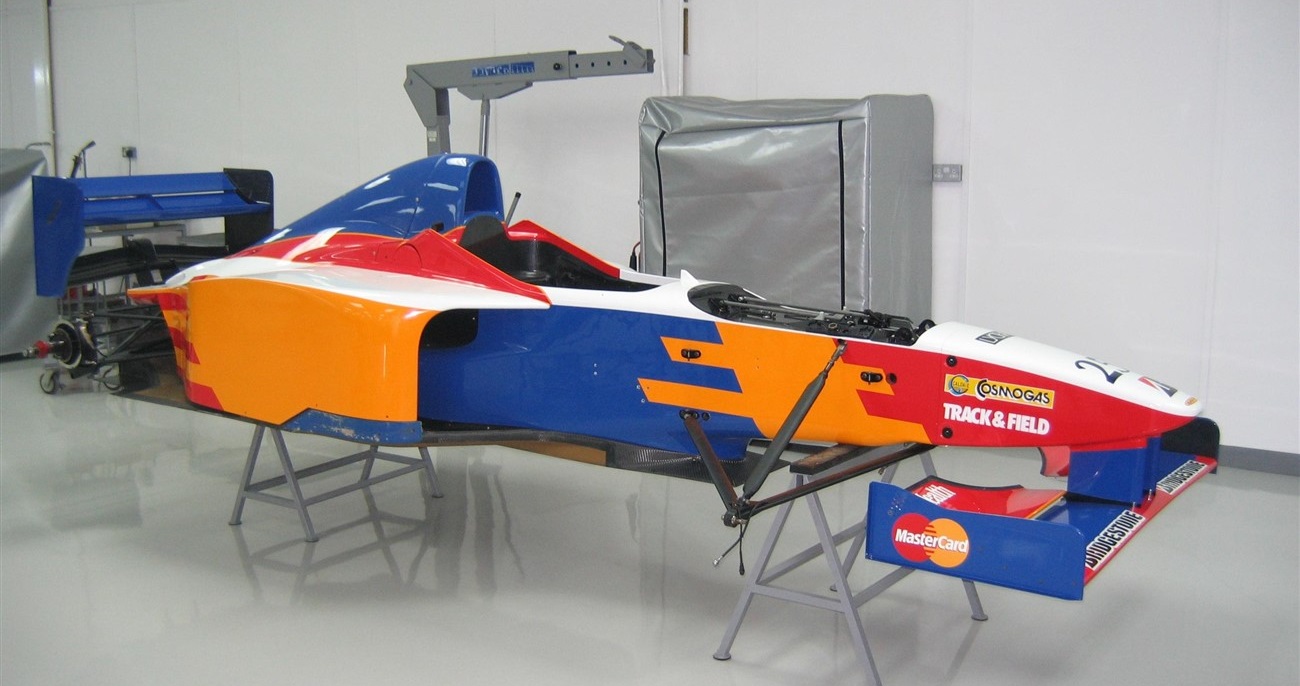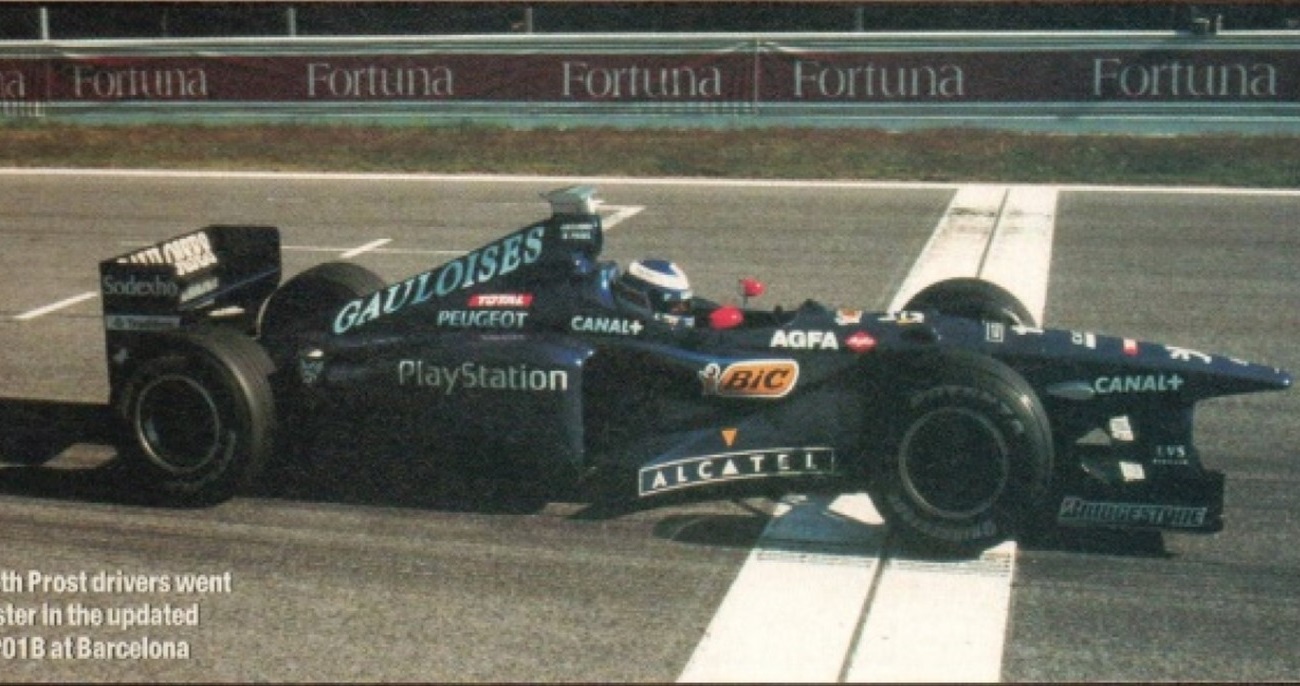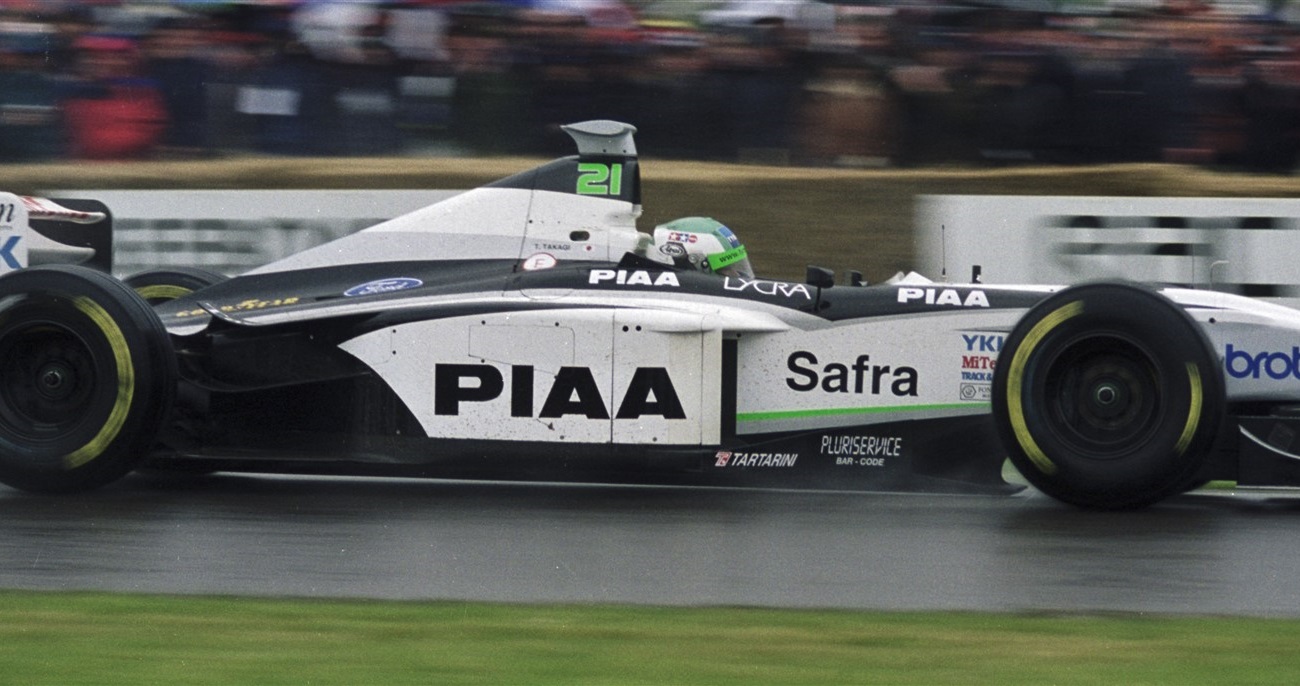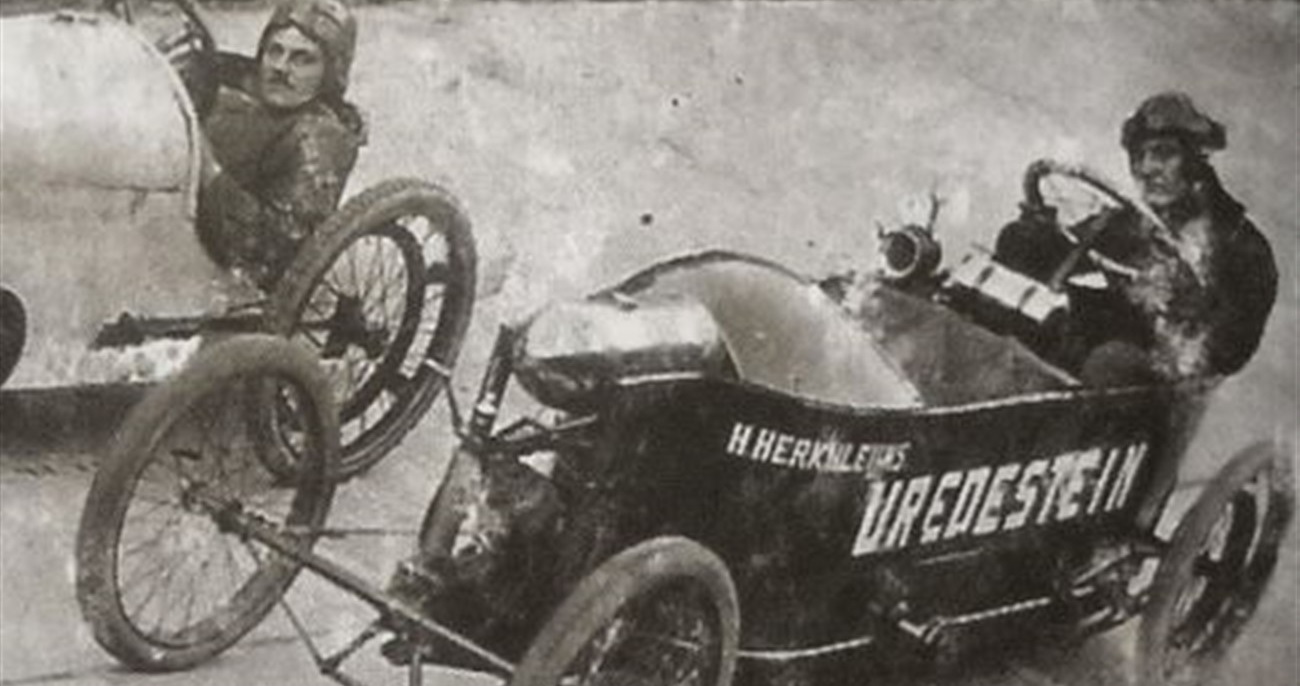I assume you are familiar with the Lola MasterCard team from 1997. Lola only came in November 1996 with the news that they would enter the Formula One in just a few months. Somehow, they managed to appear with their newest challenger the Lola T97/30 in the paddock of Australia. A car that was 11 seconds slower during qualifying. Only to appear in Brazil to close their garage doors for good.
This might sounds weird though their earlier attempt, with the T95/30 was a solid one. Allan McNish tested the car twice in late 1994. The first test was a straight-line test to check if everything works properly. The second test was on Silverstone. Yes, the car was an in between hybrid of 1994 and 1995 regulations. Going through my archive, I found some info about the test. It seemed the car was solid enough to be developed. Eventually, ready to debut in the F1. It never materialised, as there was a budget issue.
There is a reason of course, I’m appointing this hybrid car. Lola’s T95/30 saw the usage of the wind tunnel. The team used in 1994 the wind tunnel from Cranfield University. The team was able to use a 40% scale model to test. Believe it or not the bulky looking T93/30 even saw the insides of a wind tunnel. It has been something I had in my mind for a while, why did the previous Lola F1 cars see the wind tunnel and the T97/30 did not? Maybe I misread all those years the info though. I only recently figured it out that the T97/30 saw a wind tunnel!
Before I dive into that, there was a reason Lola was tested their scale models in Cranfield’s wind tunnel. The team simply did not have the technical facilities. There was no Lola wind tunnel. Eric Broadley was a guy from the old days. The days aerodynamics didn’t really matter to start with.
There might have been a chance that Lola would have survived 1997 if they had one.
While going searching for more info I stumbled on the Podcast from Bring Back V10’s from the Race about the Lola disaster. Some of you referred earlier to that one . To be fair I’m not a podcast guy. I rather get my info the old way, like Broadley preferred the old style in Formula One.
In the podcast some interesting info was given, some I didn’t know. Was it this simple? How come I did not know this? So far my confusing which took me another extra two hours for completing this article.
Anyway, Lola already came with the news that they were ready to enter the Formula One in 1997. However, they had a deadline for June 1996 to find a title sponsor. Later on that deadline “moved” towards July, September up to the announcement in November. MasterCard became the title sponsor! With their weird construction of bringing in the needed money. By announcing three or four kind of packages MasterCard members and new members could take part of this scheme. We all know what happened, nothing much!
In between the plans changed to debut in 1998. So the team had more time to design and develop their new challenger. However, MasterCard was one of the title sponsors for the big football events in 1996 and 1998. They saw the Formula One in 1997 as a reasonable option to start sponsoring it. More or less to fill the yea’s gap.
Around that time in November, Lola also announced their plans for their own V10. This is a story i can confirm that the engine actually was built at some point. Well at least the iron casting. Perhaps in the future I will write a story about it. As the development was more serious than many of you realise. The project would take longer for their own engine, so the decision was made to take the Ford Zetec V8 engine. It was the same as Forti used in 1996. Only for bridging the gap until their engine was finished.
The team was working on their own engine, and they were hesitating to complete the Lola T97/30. What possibly could go wrong? Well everything it seems. The T97/30 was digitally created; basically it has to be one of the earliest F1 cars that was designed purely via CAD. Correct me if wrong! What flabbergasted me is the fact that Lola seemed to have used the wind tunnel results from their Cart projects for their newest F1 car in their drawings. I’m not sure how you can compare both concepts with each.
In all fairness, I struggled with what happened after the 5th of November 1996 when the deal with MasterCard was sealed. With it I mean how the car eventually was build and designed. It seems, due to FIA regulations, the car saw almost every three or four days new updates in CAD. I lack the technical knowhow. What I do know is that Joanna Moss was one of the persons who worked on the aerodynamics of the car. It’s Joanna who used Cranfield Universities wind tunnel, according to the sources I have. This is the part that triggered me to write about it.
The Lola T97/30 has seen the wind tunnel, perhaps partly only to figure out so aerodynamics. However, still she saw it. I couldn’t figure out how many times the car has seen the wind tunnel. The revelation party for the Lola T97/30 was the 20th of February 1997 in the ballroom of London Hilton. I still have the invite in my archive. During the revelation, journalists asked Eric Broadley if he was afraid for the 107% rule. As quoted: “We should get within 107% and if we don’t, then we should not be in the sport.
Two days later, the 22nd of February the Lola T97/30 would have its shake-down on Santa Pod. Only to test the car during the test session later in the month on Silverstone. I only was not able to find any info regarding this test in late February. The last testing on Silverstone was the 20th of February, the day the car was launched.
Eventually the car was shipped to 27th of February to Australia for the start of the new season. A season that would only last a couple of free practices and the qualification session. Neither Ricardo Rosset not Vincenzo Sospiri managed to qualify the car. This was not yet the end of the team.
The 17th and 18th of March there was a test session where several teams appeared. Rosset tested with the car the Monday and the Tuesday while Sospiri only tested on the Tuesday. I believe I did read somewhere that Andrea Montermini was to test with the car also. He was the official test driver for the team. Both Rosset and Sospiri were still 10 seconds slower than the fastest driver was.
Eventually the car was tested again in Cranfield Universities wind tunnel. There were only a couple of days available to make this happen. According to Chris Saunders in the podcast the team was only doing the mapping. All they saw was that the downforce came close to the Formula 3000 at that time. Not a good result.
The team went to Brazil, though on Tuesday night Eric Broadley decided it was enough. He closed the garage doors of the team. Rosset nor Sospiri were aware of the decision yet. A spokesman of the team told the media that the team closed it’s doors due to technical and financial problems.
An attempt was made to appear in San Marino. Obviously the team never appeared there.




